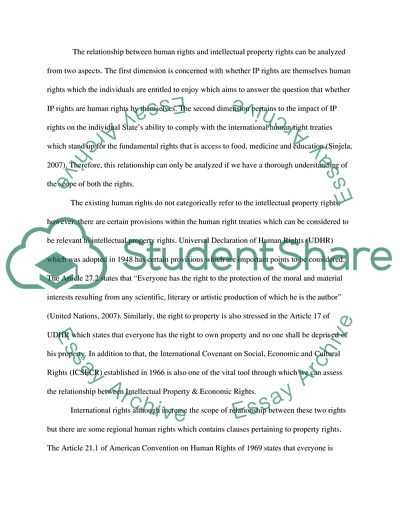Cite this document
(Relationship between Intellectual Property and Human Rights Essay - 1, n.d.)
Relationship between Intellectual Property and Human Rights Essay - 1. Retrieved from https://studentshare.org/law/1747756-international-intellectual-property-law-assignment
Relationship between Intellectual Property and Human Rights Essay - 1. Retrieved from https://studentshare.org/law/1747756-international-intellectual-property-law-assignment
(Relationship Between Intellectual Property and Human Rights Essay - 1)
Relationship Between Intellectual Property and Human Rights Essay - 1. https://studentshare.org/law/1747756-international-intellectual-property-law-assignment.
Relationship Between Intellectual Property and Human Rights Essay - 1. https://studentshare.org/law/1747756-international-intellectual-property-law-assignment.
“Relationship Between Intellectual Property and Human Rights Essay - 1”, n.d. https://studentshare.org/law/1747756-international-intellectual-property-law-assignment.


